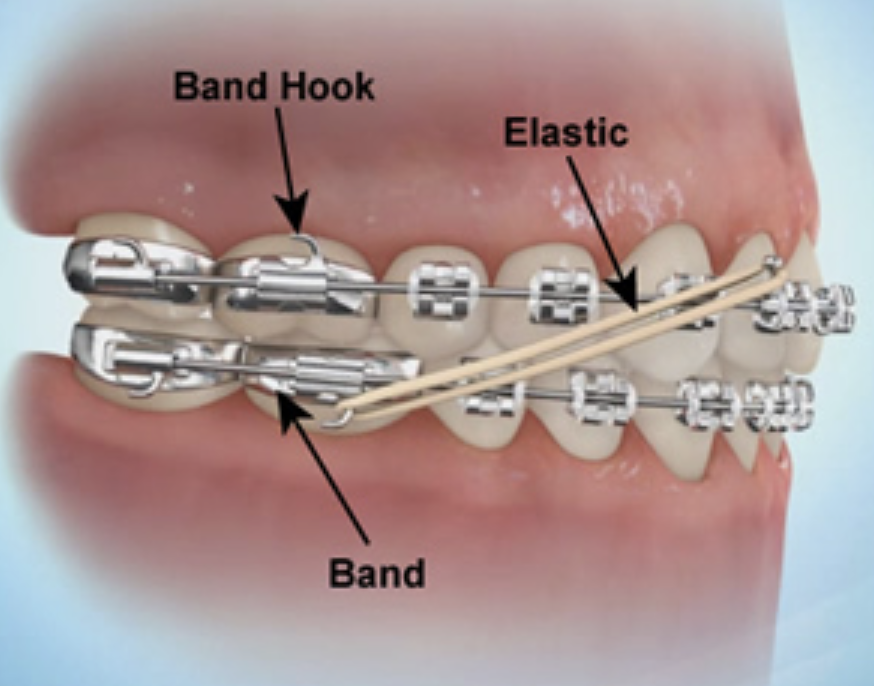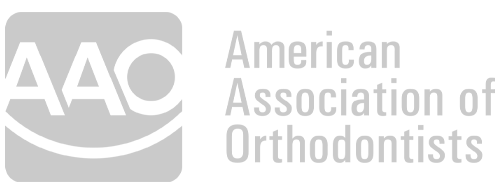Braces are applied by first bonding metal attachments directly onto the teeth. Then a wire, called an arch-wire, is run through slots in the brackets; this wire applies the pressure needed to move the teeth. Tiny rubber bands, in a choice of colors, hold the wire in place. The orthodontist replaces these bands, called ligatures, at each visit and patients can choose different colors each time
For many patients, another type of rubber band will be needed to achieve proper alignment. These are interarch rubber bands, which orthodontists refer to as simply elastics. When elastics are used, they are critical to help adjust the position of the teeth.
Usually elastics connect a top tooth to a bottom one at an angle that applies force in the direction the teeth need to be moved – down toward the back for an overbite, up toward the back for an underbite, for example.
Orthodontic bands are very effective at correcting the most common types of bite issues, including underbites, overbites, crossbites and open bites. In addition to being especially versatile, bands are very cost-effective compared to other instruments available for bite correction.
Elastics FAQ’s
- You should wear your elastics all the time except brushing and eating (22-23 hours per day )
- Elastics come in various strengths ranging from light to heavy, enabling your orthodontist to choose the best option for you
- Never double up on your elastics as that can actually slow down the movement of your teeth
- The pressure from elastics may cause some discomfort in the begining but it should lessen over time
- You should change your elastics every 8-10 hours even if the elastics are not broken , to make sure they have the highest strength
- Over the counter pain medication maybe taken for discomfort
For more information on elastics call Braces For U at 317-376-1433







